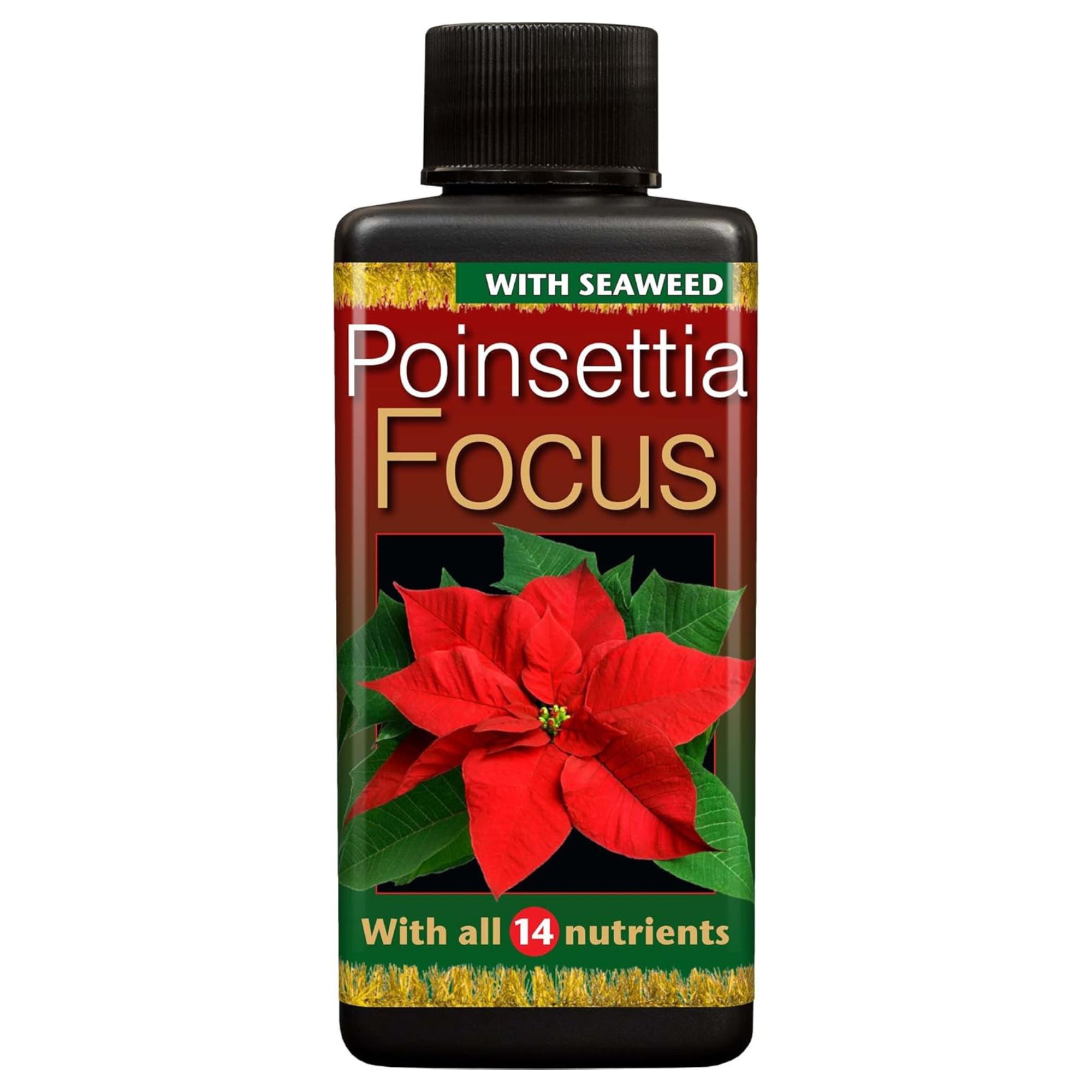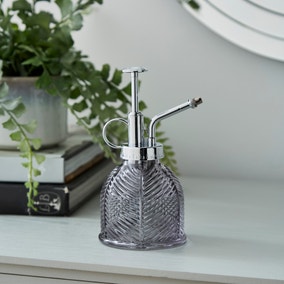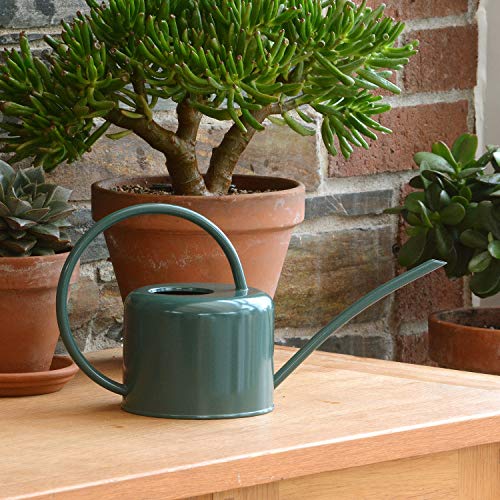How to care for poinsettias – 8 ways to help them thrive, from choosing a healthy plant to the perfect watering schedule
A complete guide to caring for a healthy poinsettia plant
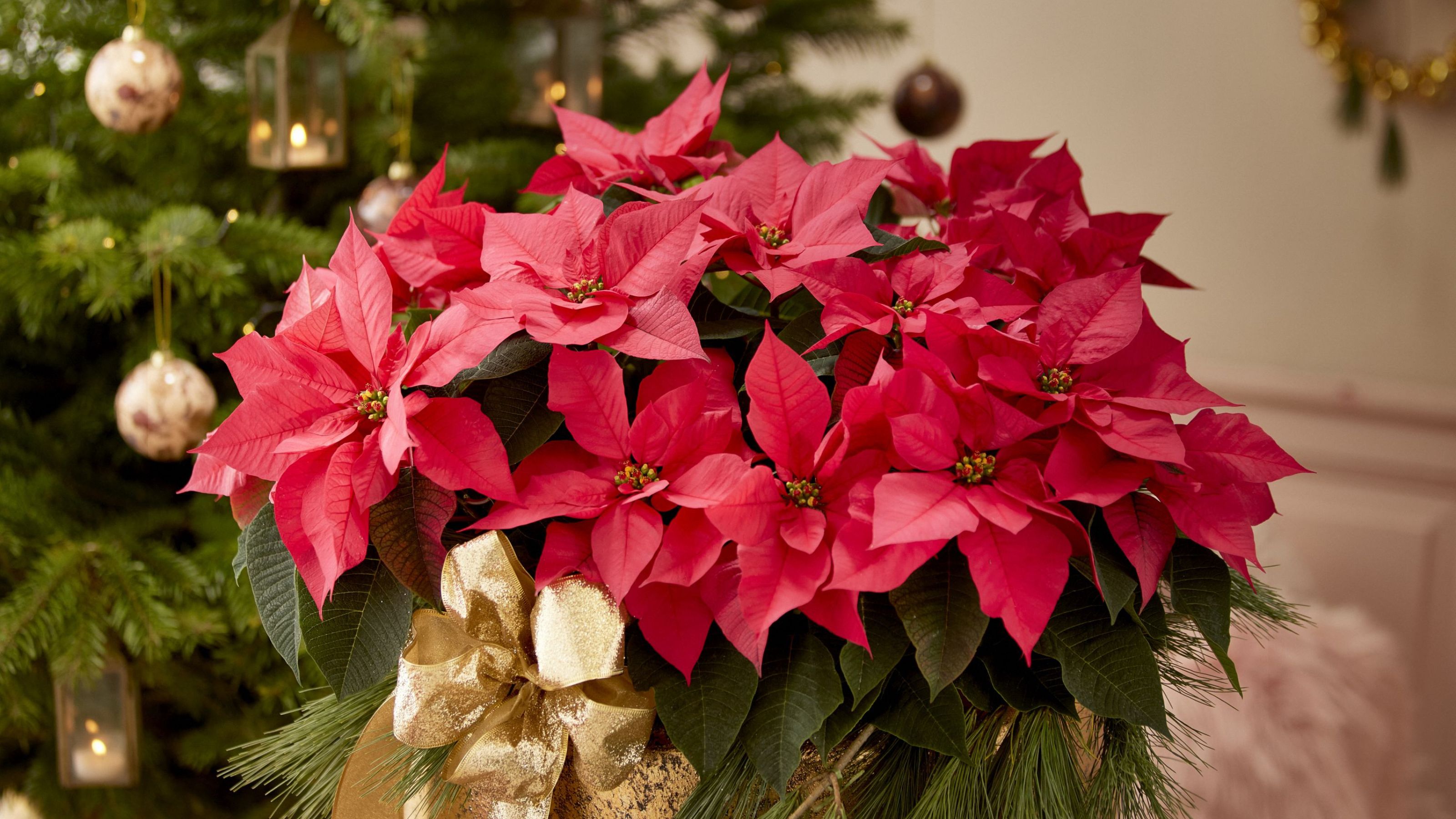

Katie Sims
Poinsettias are perhaps the most festive houseplants out there, renowned for their signature red bracts. To ensure they survive December and beyond, you'll need to know how to care for poinsettias properly.
Also known as the Christmas Star, poinsettias are one of the best Christmas houseplants, and they also make fantastic gifts. And although they're seen as seasonal houseplants, poinsettias can be kept alive throughout the year with the right care.
‘While often associated with the festive season, poinsettias can continue to thrive long after Christmas if given proper care, meaning a living gift can be cherished for time to come,’ says Andy Little, British Garden Centres’ houseplant buyer.
We checked in with a panel of houseplant experts to learn exactly how to care for poinsettias and get the most out of these plants – so, whether you're wondering how to make a poinsettia turn red again or keep it flowering for as long as possible, you've come to the right place.
How to care for poinsettias
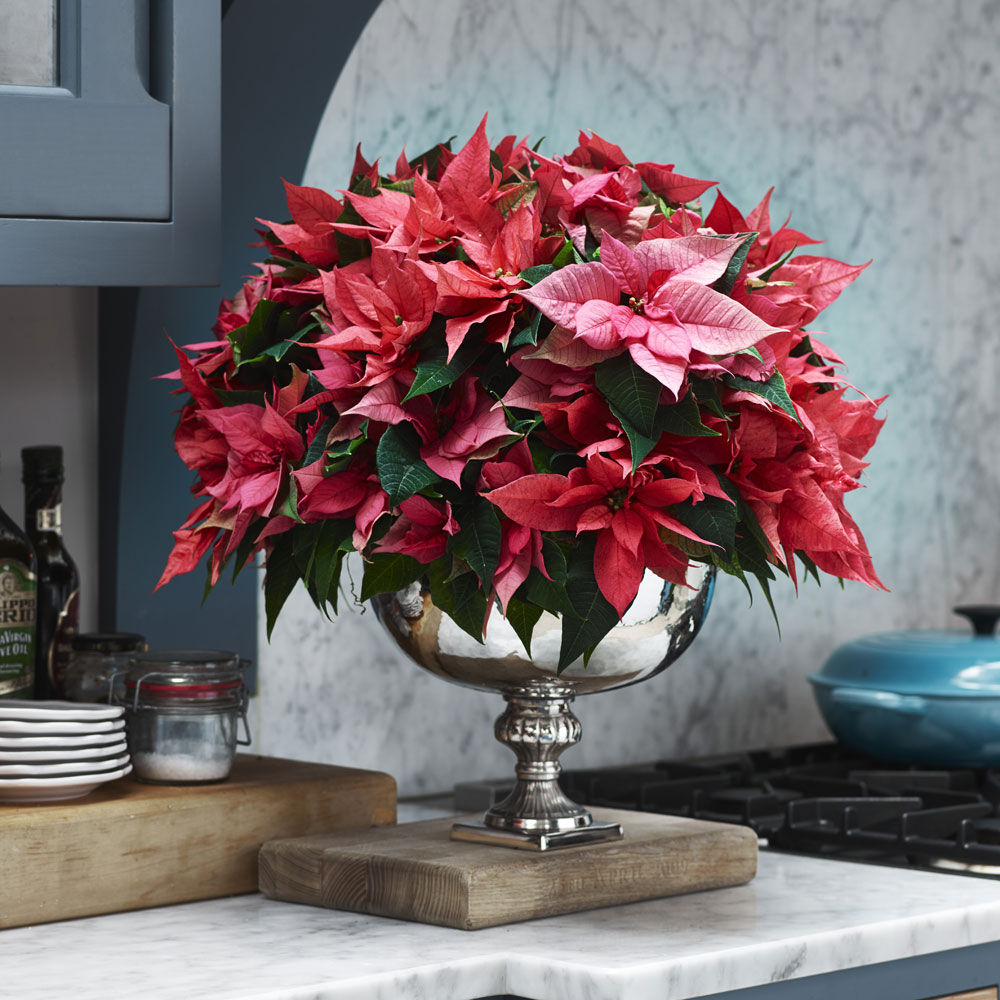
Sadly, these beautiful plants don't have the longest lifespan, and their delicate bracts can quickly show signs of wilting. That's not the sort of festive cheer we're looking for, which is why we've asked the experts how to care for poinsettias and keep them healthy all the way through the Christmas period and beyond.
'With a little know-how and lots of TLC, it’s possible for your poinsettia to make it through until next Christmas,' says Vicky Salmon, in-house florist at Interflora.
If you love a poinsettia as much as we do but don't want it to start fading before the big day, then our poinsettia care guide is for you.
Get the Ideal Home Newsletter
Sign up to our newsletter for style and decor inspiration, house makeovers, project advice and more.

After graduating with a design degree, Vicky was delighted to continue on a creative career path at Interflora with roles in Marketing and Product Development. During her time at Interflora, Vicky expanded on her creative and technical skills by training as a florist.In addition to her floristry knowledge, Vicky oversees the development and photography of all floral and plant products.
What you'll need
Step-by-step
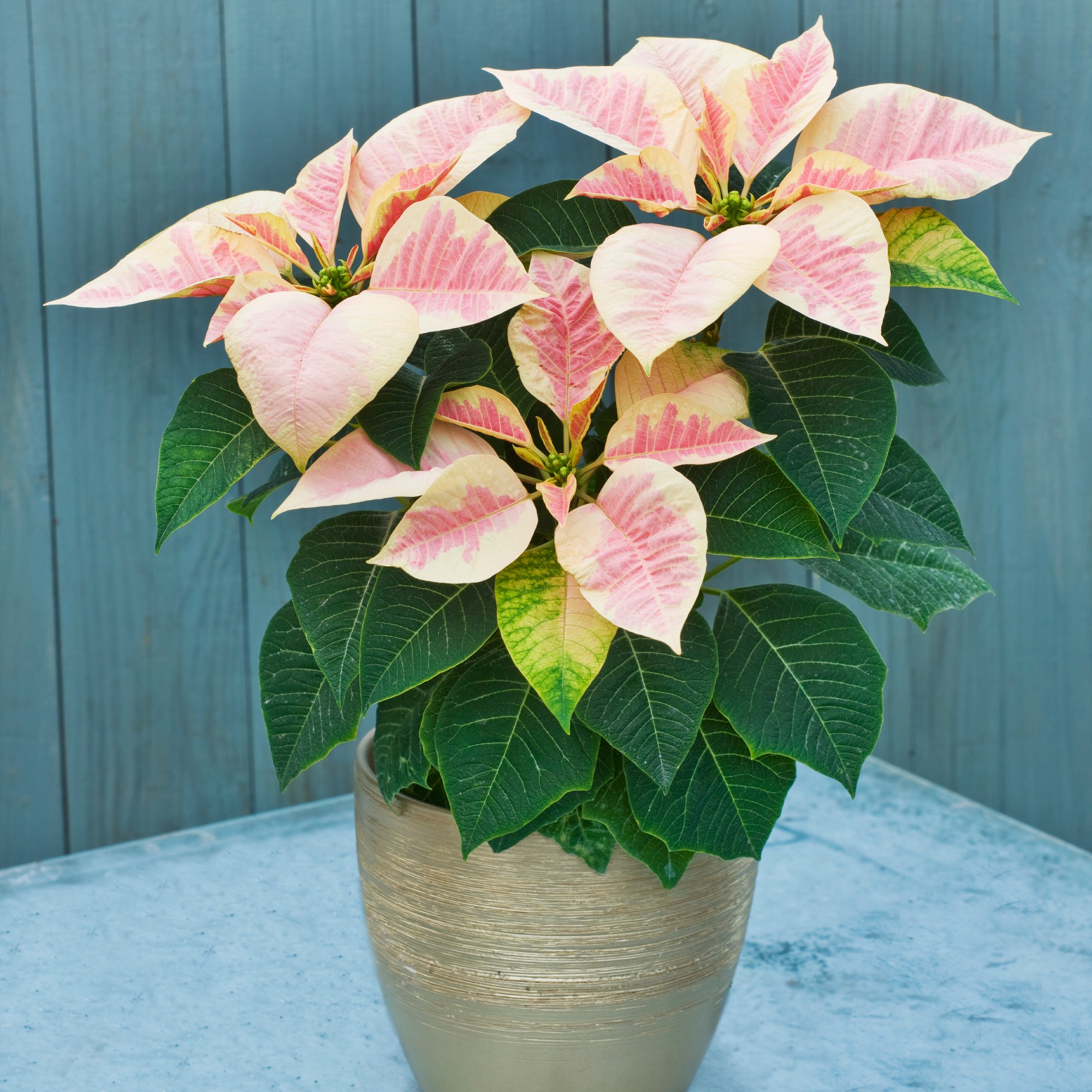
1. Choose carefully when buying

Before you learn how to care for poinsettias, you'll need to choose a healthy plant.
Garden centres and similar stockists are more likely to sell poinsettias that have been properly cared for, so they'll be in better condition. Be wary of outside shops or stalls, as exposure to low temperatures will reduce the plant's shelf life.
'Poinsettias sometimes only react to the wrong treatment days later, usually by shedding their leaves, so it’s important to choose your poinsettia well,' says Dr Susanne Lux, houseplant expert at Stars for Europe.
'A healthy plant will have dense, vigorous and undamaged foliage with budding, yellow-green flowers in the centre of the coloured bracts. I advise against buying glittered plants as the sparkle is not good for either the poinsettias or our environment.'
Check the compost before you buy, too, to ensure it isn't dripping wet or totally dry.

Dr Susanne Lux is the head of Green Marketing Europe, which is devoted to promoting plants across the continent and Great Britain. Dr Lux has supervised numerous projects in the area of market research and market analysis in the green sector, including woody plants and perennials, bedding and balcony plants and flowering indoor plants. She is the project manager for Stars for Europe, the European marketing campaign for poinsettias, as well as Pelargonium for Europe, which promotes geraniums.
2. Find the right spot
Once you've got your poinsettia home, you'll need to place it in a suitable location.
But you shouldn't put it in a warm room straight away, according to Dr Lux. 'Place it in a cooler, lighter space such as the kitchen or conservatory to help it acclimatise,' she says. 'After a few hours, you can move it to its final location.'
Choose a bright, warm spot for the plant to thrive in, away from direct sunlight, radiators and draughts. A temperature of around 20° C is ideal.
'A windowsill is fine as long as the window is kept closed and there aren’t any chilly draughts,' Dr Lux adds.
Just make sure your plant isn't too chilly. 'Keep your poinsettia out of the cold,' warns Vicky from Interflora. 'These plants are native to Mexico, which explains why they prefer to be kept in warmer conditions.'
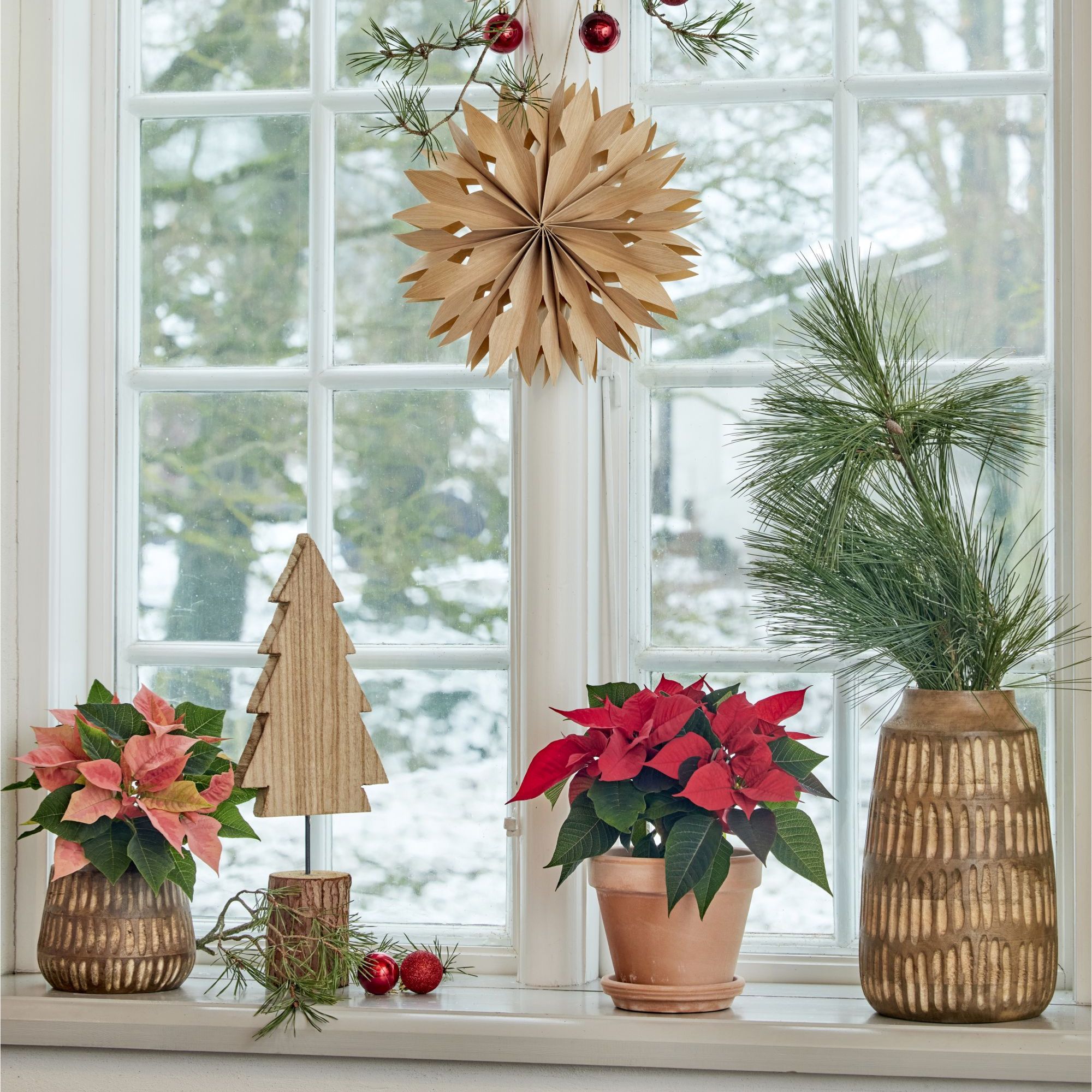
3. Watch your watering
Once you've got the location sorted, watering is the most important part of learning how to care for poinsettias properly.
'A poinsettia needs enough water to keep the soil slightly damp, not soaked,' explains Vicky from Interflora. 'However, the watering schedule will vary depending on the size of the plant, its location and of course the room temperature.'
Overwatering can be detrimental to a poinsettia plant, so make sure you aren't giving your plant too much attention.
'When it comes to watering, less is usually more as poinsettias won’t tolerate being waterlogged,' says Dr Lux. 'Larger poinsettias can usually be left to themselves for a few days with no problem, but mini poinsettias are more demanding.'
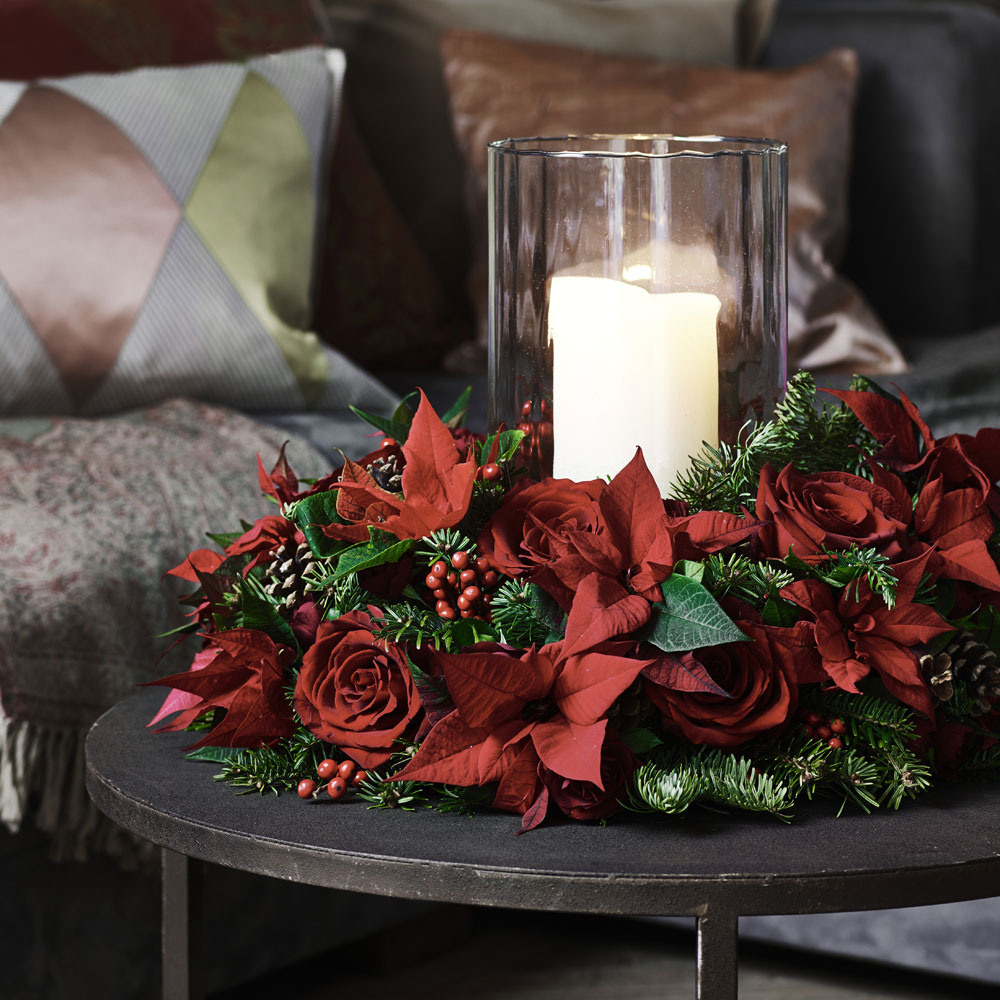
4. Remove dead leaves
Aside from general TLC, learning how to care for poinsettias means helping the plant flourish again when it starts looking a little worse for wear.
Remove any dead leaves from the pot, but if you find that your poinsettia is dropping leaves, you might need to alter your care regime.
If the stems of the plant have started to rot, cut them back far enough so that you can remove the dead parts.
5. Spritz the leaves
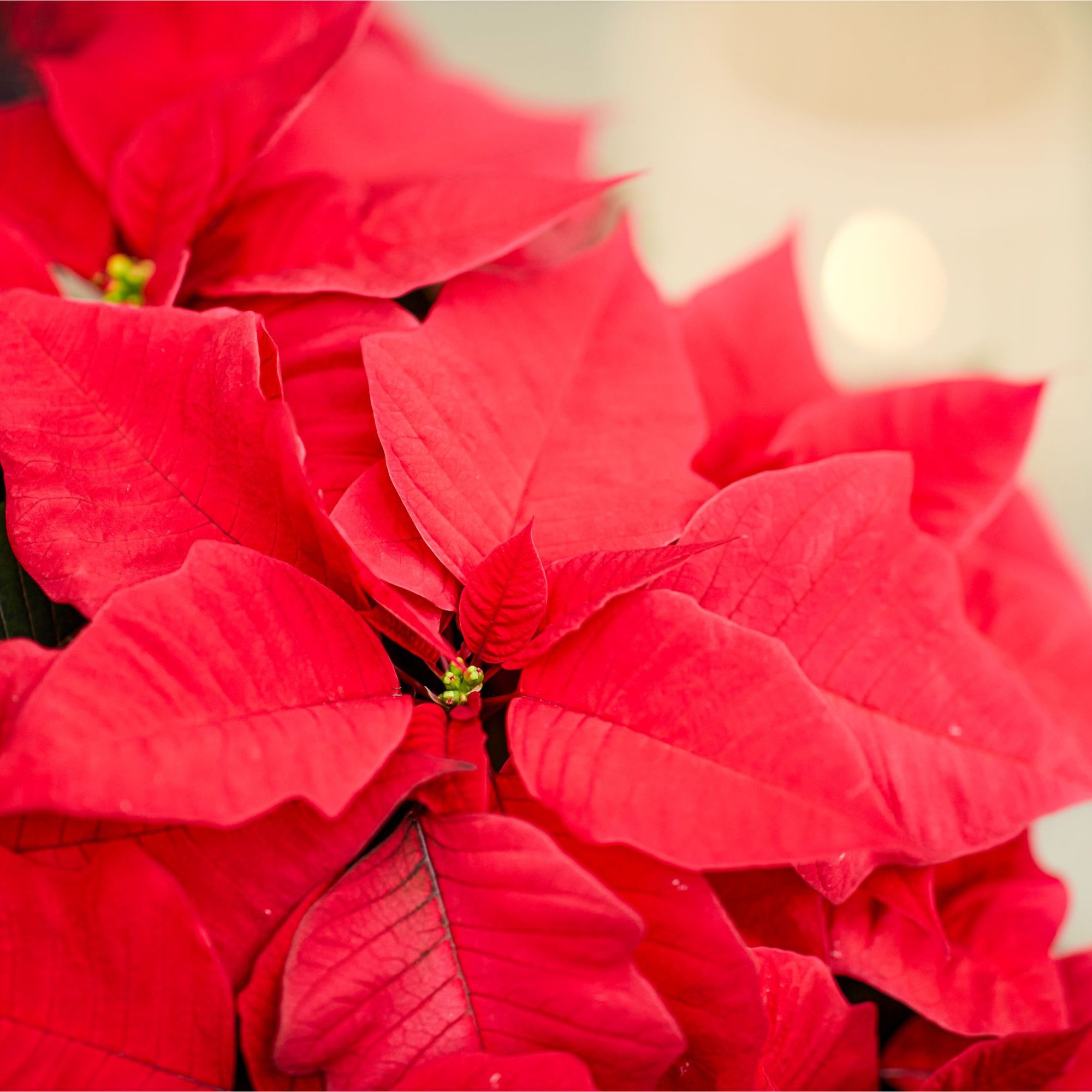
Fill a spray bottle with water and spritz the leaves and bracts regularly. Mini poinsettias in smaller pots will benefit from daily misting.
'Poinsettias need to be misted regularly to increase humidity and keep them looking their best for longer,' says Jack Sutcliffe, gardening expert and co-founder of Power Sheds.
6. Keep it away from pets
Poinsettias should be kept away from pets because the brightly coloured leaves contain a sap which is irritating to the tissues of the mouth and oesophagus.
If ingested, the leaves and bracts can cause nausea and vomiting, but don't panic – it would take a large amount of the plant’s material to cause significant harm.

7. Fertilise at the right time
If you plan on keeping your poinsettia plant beyond the festive period, it’ll want feeding monthly with potassium-rich plant food to encourage new flowers.
'Prune the plant back in early spring and keep it at a slightly lower temperature (around 13-15 degrees),' says Keira Kay, plant expert at Bloom & Wild. 'Reduce the light it gets to 10-12 hrs per day to mimic the shorter winter days.
'You’ll want to re-pot it in May and pop it in a cool location (around 18 degrees) for continued growth.'
Which brings us onto repotting...
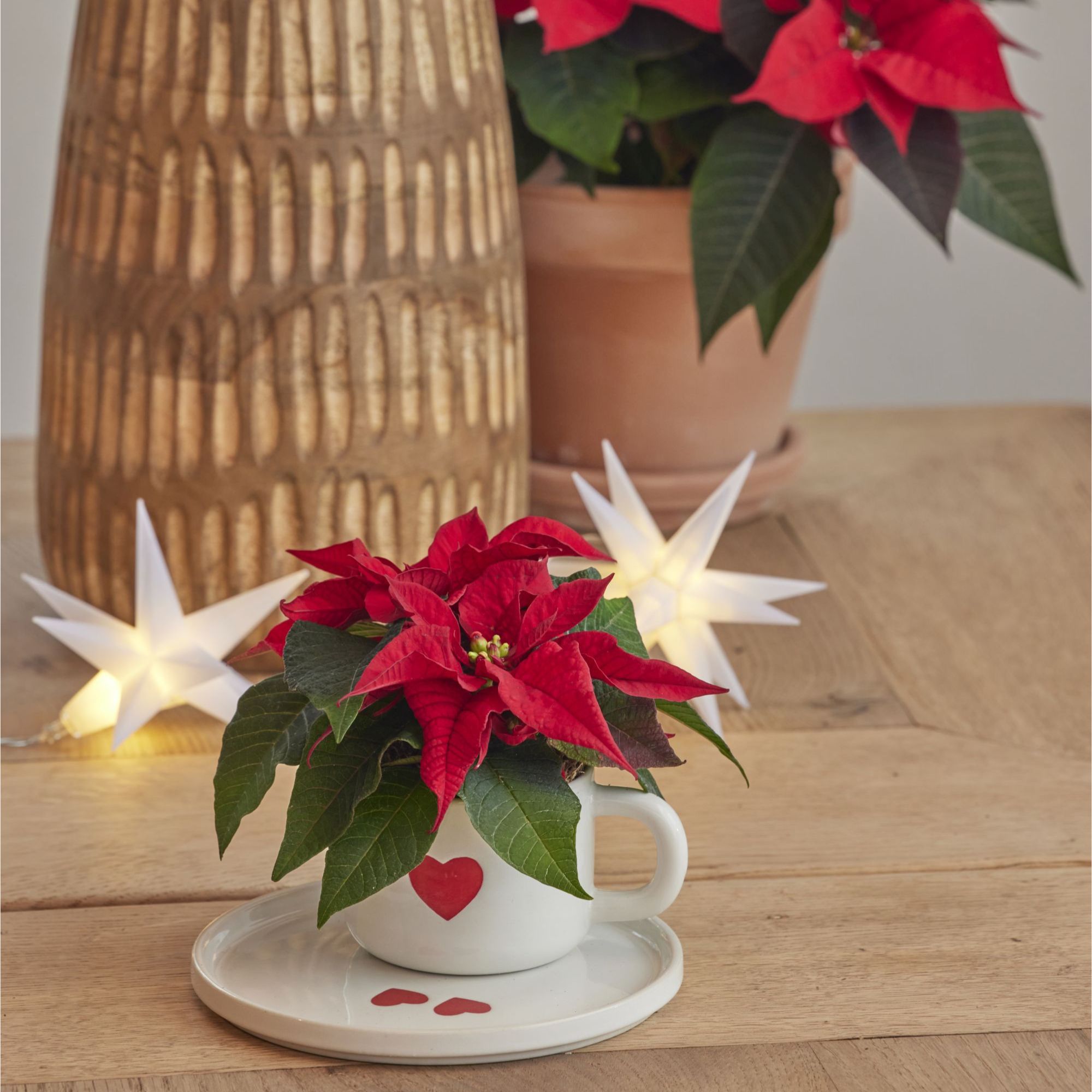
8. Upgrade to a new pot
it 'Charming and pretty though they are, poinsettias sometimes come in tiny pots with hardly any soil volume, which means the roots can easily dry out or, on the other hand, be more prone to getting soggy,' says Dr Lux from Stars for Europe.
So, how do we go about repotting a poinsettia?
'If you decide to repot your mini poinsettia, it will help it last longer,' says Dr Lux. 'Cactus compost is ideal as it allows for good drainage. Be careful when moving your delicate little poinsettia from its original pot and try not to cover with too much compost when transplanting it into the new one.'
As always, make sure you choose a pot with drainage holes to prevent waterlogging.
FAQs
When should I throw away my poinsettia?
Poinsettias generally last three to four months when you look after them well, meaning many throw them away around March or April. But with a little extra TLC, they can survive throughout the year.
'To help your poinsettia stay alive, keep it in a warm, bright room,' says Fiona Jenkins, gardening expert at MyJobQuote.co.uk. 'Once it’s finished flowering, you can cut the large plant stems back so they’re around 10cm in length, and reduce watering.'
Why do the leaves on my poinsettia keep falling off?
Our guide has probably emphasised how sensitive poinsettias are – they're delicate plants that need precise conditions to look their best.
'If you notice the leaves curling up or drying, this usually means they have been exposed to sudden changes in temperature,' says Jack from Power Sheds. 'They will also lose leaves in response to a lack of water, so appropriate care must be taken.'
Keeping a poinsettia near a radiator and overwatering are also common reasons why a poinsettia might be dropping leaves.
Keep these poinsettia care tips in mind and your plant should thrive for longer than you'd expect.

Sophie joined the Ideal Home team as Gardens Editor in June 2024. After studying English at Royal Holloway, University of London, she began writing for Grow Your Own, which spurred on her love of gardening. She's tried growing almost every vegetable under the sun, and has a soft spot for roses and dinnerplate dahlias.
As Gardens Editor, Sophie's always on the lookout for the latest garden trend. She loves sharing growing hacks for every space, from herbaceous borders to balconies.
- Katie SimsContributor
-
 Can I paint over old paint on a front door? Experts reveal when it's OK to skip this step
Can I paint over old paint on a front door? Experts reveal when it's OK to skip this stepIf you're repainting your front door this spring, here's what you should be doing with the old paint first
By Katie Sims
-
 What is a retrospective party wall agreement?
What is a retrospective party wall agreement?Experts explain what it is and when you need one
By Natasha Brinsmead
-
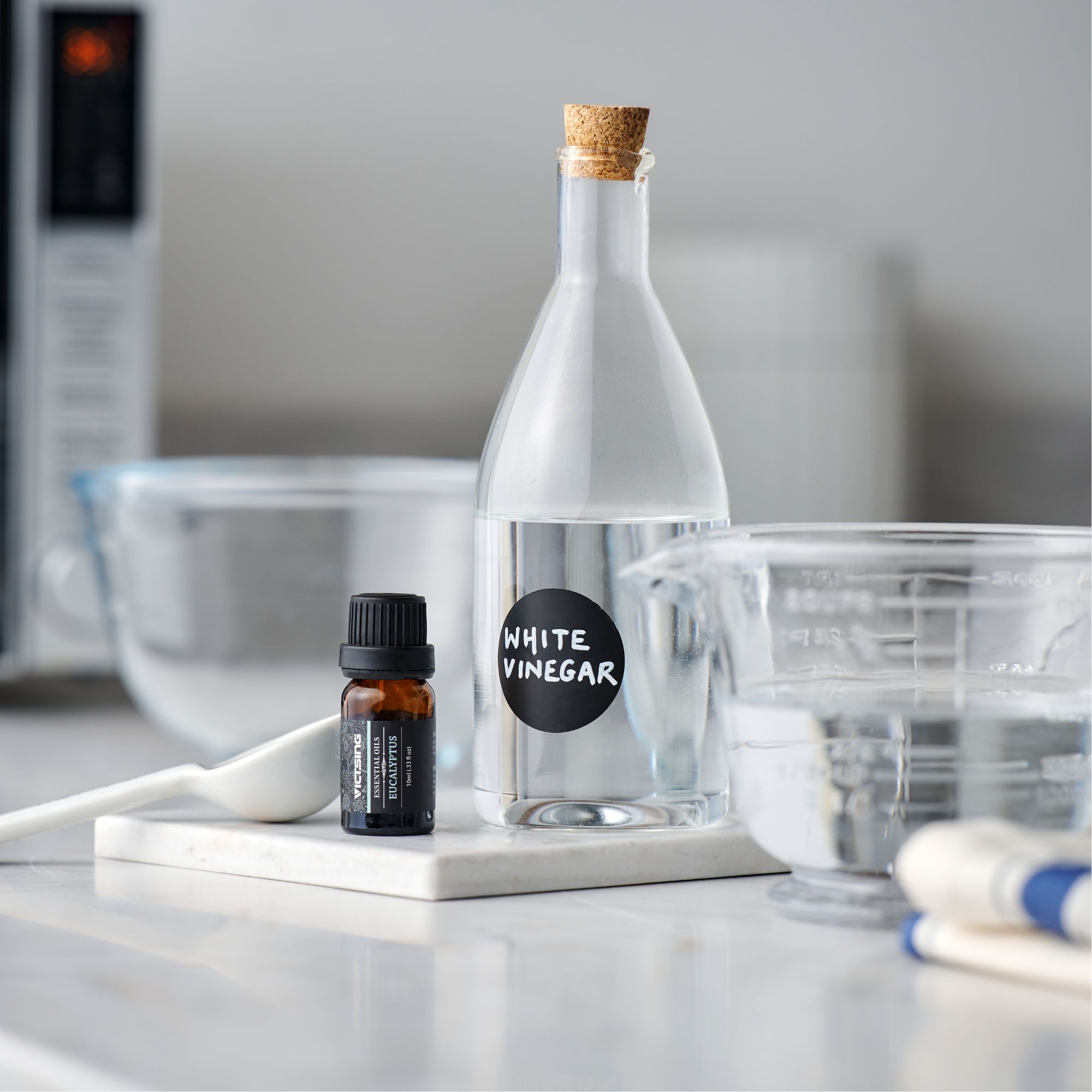 Cleaning experts say you need a dust repellent spray to keep hay fever symptoms away – and it costs just 35p
Cleaning experts say you need a dust repellent spray to keep hay fever symptoms away – and it costs just 35pIt saves time on your cleaning schedule and alleviates symptoms
By Kezia Reynolds
-
 Gardeners reveal how to recycle your wrapping paper into mulch to regulate soil temperature and prevent weeds
Gardeners reveal how to recycle your wrapping paper into mulch to regulate soil temperature and prevent weedsGive your plants a helping hand with your unwanted wrapping paper
By Kezia Reynolds
-
 Decorating the outside of your house with Christmas lights? These are the 8 things experts want you to know before you start
Decorating the outside of your house with Christmas lights? These are the 8 things experts want you to know before you startGive your home a warm and welcoming feel by illuminating its exterior with twinkling lights, whatever the season
By Holly Reaney
-
 How to repot a Christmas cactus – and the signs your plant needs a larger pot
How to repot a Christmas cactus – and the signs your plant needs a larger potRepot your Christmas cactus in five simple steps
By Sara Hesikova
-
 How to make a poinsettia turn red - the trick is putting it in the dark, but you must get the timing right
How to make a poinsettia turn red - the trick is putting it in the dark, but you must get the timing rightWhen to put a poinsettia in the dark, according to experts
By Lauren Bradbury
-
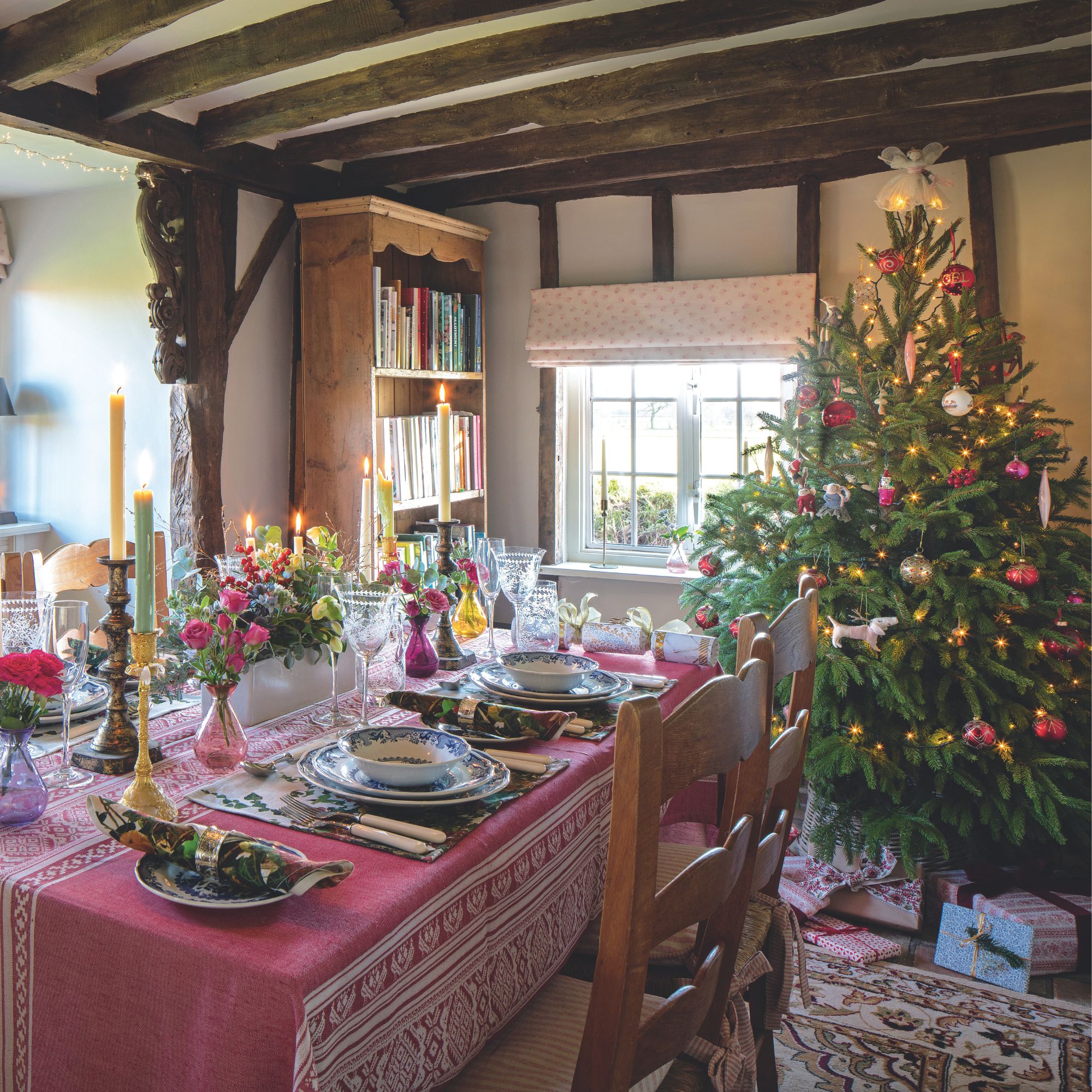 Does the Christmas tree boiling water hack work? Why experts are warning real Christmas tree owners to dodge this popular trick
Does the Christmas tree boiling water hack work? Why experts are warning real Christmas tree owners to dodge this popular trickIt works, but it's risky
By Lauren Bradbury
-
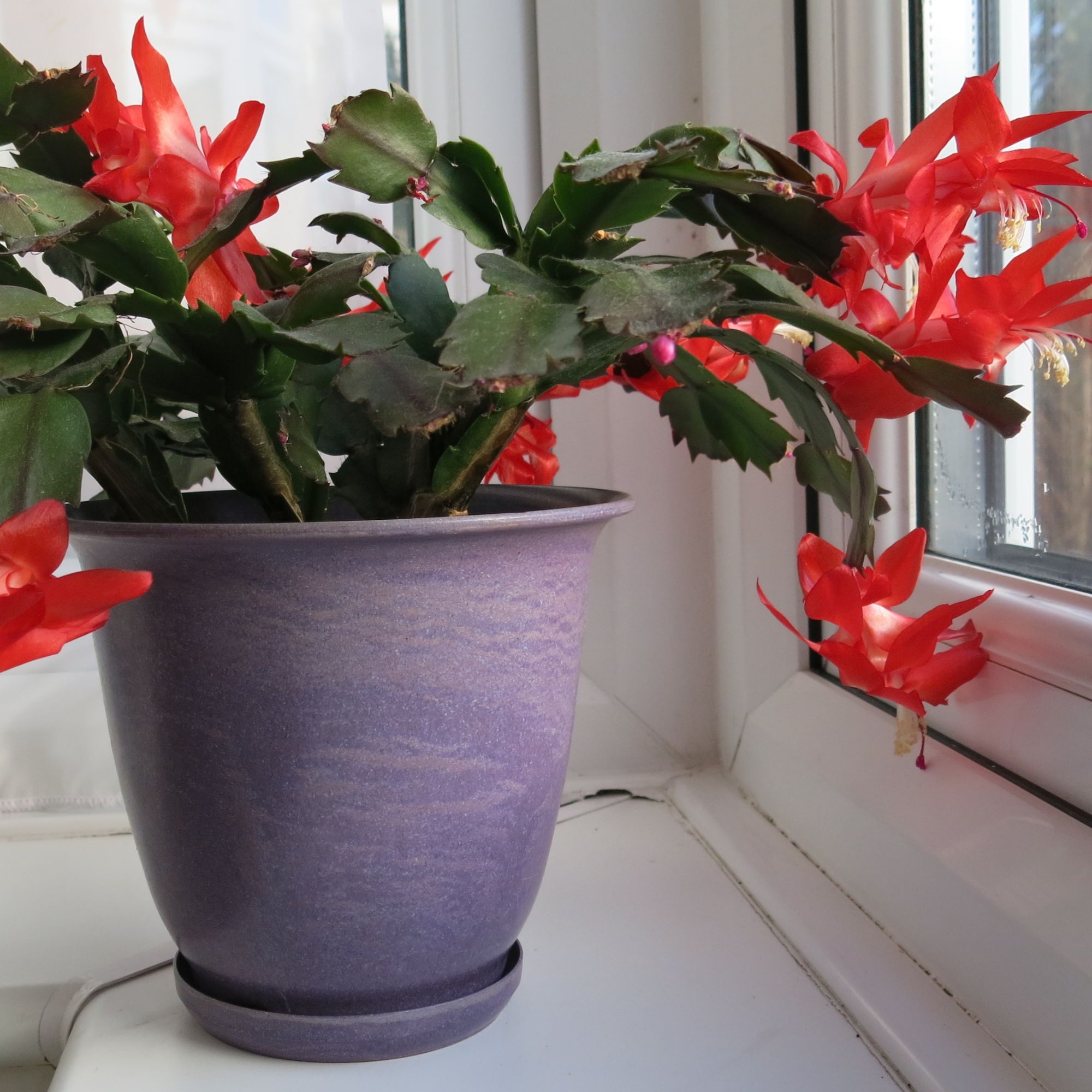 8 common Christmas cactus problems – how to spot them and solve them before it's too late
8 common Christmas cactus problems – how to spot them and solve them before it's too lateWondering what's wrong with your Christmas cactus? Take a look at our guide...
By Holly Reaney
-
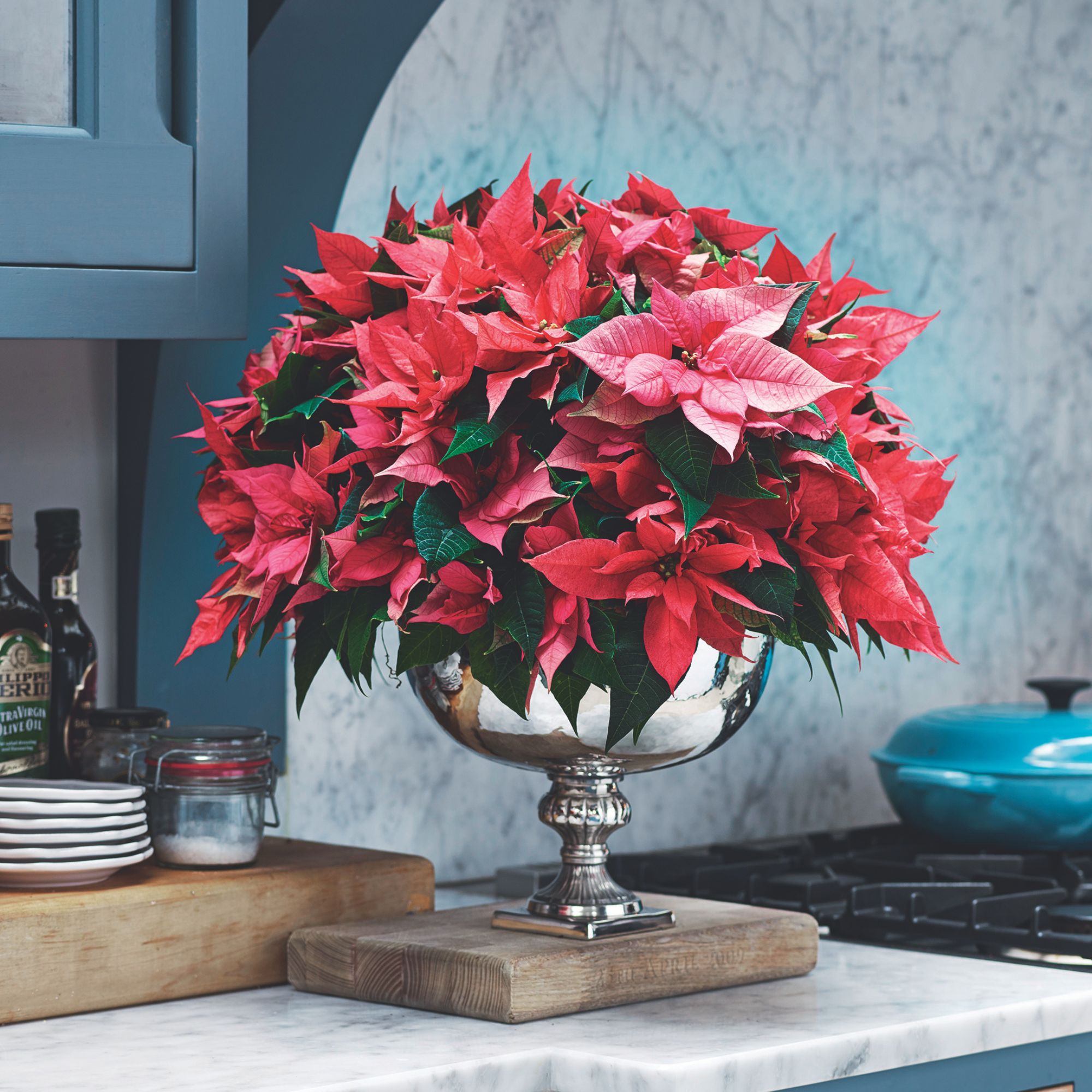 Why is my poinsettia dropping leaves? 5 common causes and how to rescue your plant
Why is my poinsettia dropping leaves? 5 common causes and how to rescue your plantWondering why your poinsettia is shedding its leaves? We asked the experts...
By Lauren Bradbury
-
 20 Outdoor Christmas decor ideas to ensure your home is as festive outside as in
20 Outdoor Christmas decor ideas to ensure your home is as festive outside as inExtend your festive decor beyond your front door and bring a seasonal look to all your outdoor spaces this Christmas
By Holly Walsh
